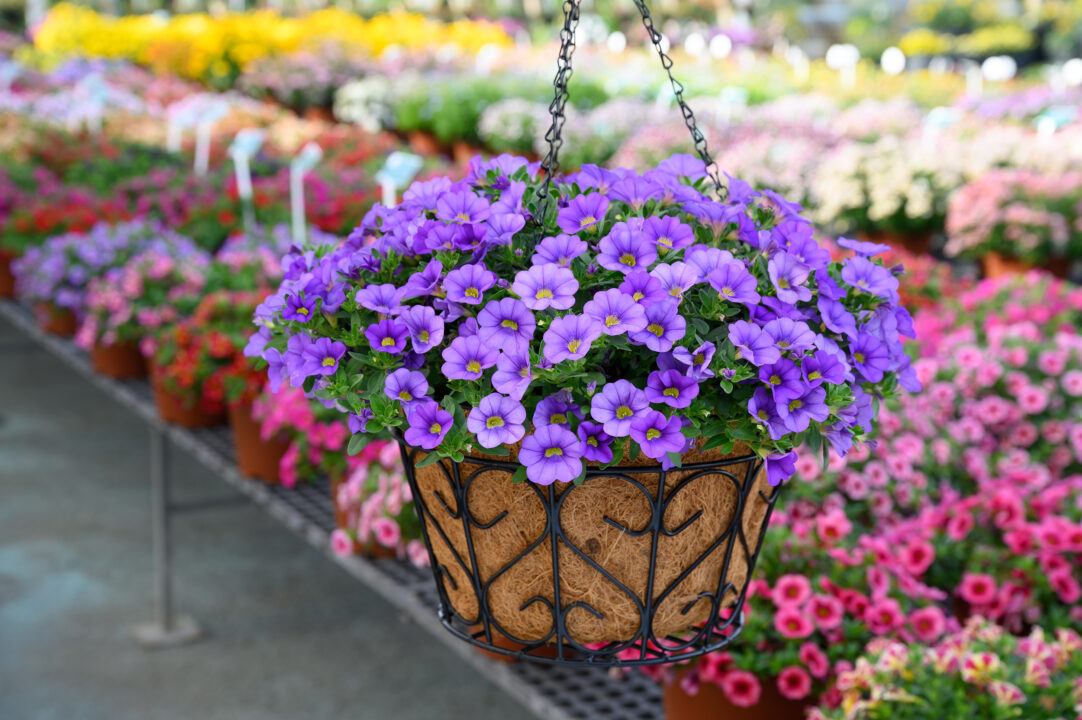A Quick Pre-Spring Greenhouse Checklist
As the spring production season gets going, there are a few items that may be beneficial for greenhouse growers to check on. Addressing these issues before production begins will prevent fewer problems later on, according to North Carolina State University’s Brian Whipker and Patrick Veazie, who posted the following tips in a recent e-GRO alert.
Furnace Inspection: With all the heat cycles, over time a furnace’s heat exchanger can crack. This releases gases into the greenhouse that even at low levels can be harmful to plants and result in lower leaf loss. Inspecting a heat exchanger is easier when it is darker and the open flame can more readily be viewed.
Weeds: Eliminating weeds before kicking off the season will help prevent a lot of problems. First of all, it helps to prevent future generation of weeds if it is done before seed formation. By removing weeds, the inoculation source for infecting the spring crop is eliminated.
Insects: Removing all potential sources of insects helps stop a problem before it starts. For research polyhouses at NC State University, the team actively removes weeds to try to prevent problems. They tend to rotate in an experiment and 8 to 12 weeks later clear out the plants. This helps to prevent the build-up of insect populations and spread to a secondary crop.
Check the Injector: Accurate fertilizer delivery is a must. Consider conducting a pre-season check of your injector system to make sure it is delivering the correct concentration of nutrients. Typically if an injector fails, it delivers too little fertilizer. There are a number of videos and factsheets online that provide details on how to calibrate your injector.
Water Test: Annual water tests are important to determine if anything has changed. Submitting a water sample for nutrient analysis makes sense at the beginning of the spring season. If one does this annually, then any trends can be determined.
Learn more in the original e-GRO alert here.









